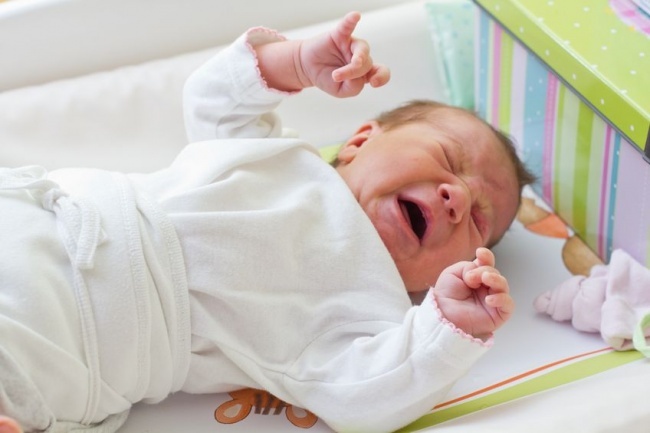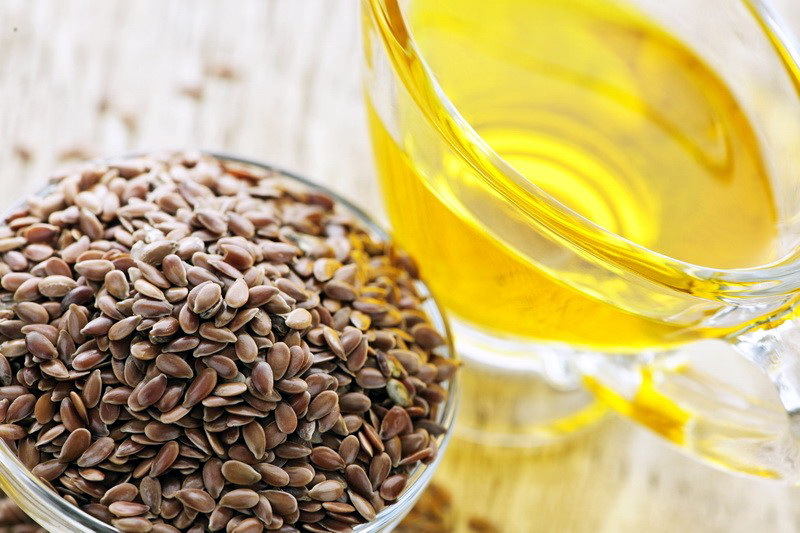Causes of constipation in a child in 3 years
Digestive problems in young children are, unfortunately, quite common, and constipation in a child( 3 years) can be triggered by a variety of causes.
As a kid learns the world around, learns to walk, talk, play, parents see with the naked eye, but to notice a similar development of the body, you need to closely monitor the crumb.
The digestive system of a young child every day faces new challenges: it is populated with beneficial bacteria, begins to produce enzymes and learns to digest all new products.
The slightest deviation in the schedule or a new fruit can cause constipation in the child, 3 years - it's still quite a kid, and his body needs to be protected.
Symptoms of constipation in a child
Contents:
- Signs of constipation in a child
- Causes of constipation
- Emergency help with constipation
- Treatment of constipation in children
In 3 years, the baby's menu is already quite diverse. He formed some habits, his daily routine, and the child's bowel has its own schedule and its own individual characteristics.
According to doctors, children in three years should walk on the pot 1-2 times a day. A rarer stool or its absence for more than 1 day is a sign of constipation.
However, there is no need to panic if the crumb is a little late with a trip to the toilet "for the most part."Perhaps he just ate something new or fixing, and soon the problem will be solved by itself.
To establish constipation in a three-year-old child, several signs will help you. The kid at this age can already signal some discomfort, draw your attention.
The main signs of the problem in the first place will be pain or discomfort when defecating.
Even if the child does not complain about unpleasant sensations, observe how he behaves on the pot.
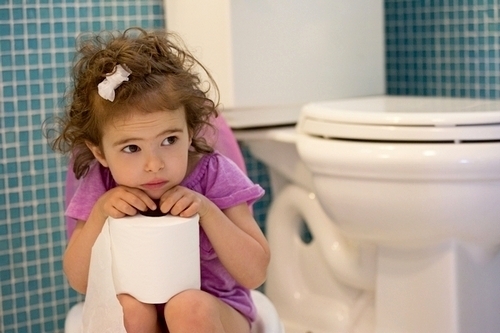
Tense posture, heel-to-floor emphasis, knee reduction, fear of visiting the toilet - all this indicates that the baby experiences unpleasant sensations.
Pay attention to the consistency of the stool: there should be no dry clots or clots, bloody veins. Constipation is the stagnation of fecal masses in the intestine, so the apparent hardness of the stool is considered to be a sign of it in a child of 3 years.
If the baby is reluctant to sit down on the pot, fits, cries or can not poke for a long time - this is also a disturbing sign.
But with this sign the main thing is not to worry, because the baby can show concern for various reasons( for example, did not get enough sleep).
If the abdomen is hurting or the child has not gone to the toilet for a long time, then perhaps the intestine has become clogged up.
To some signs of disruption of the intestine should always be taken very seriously and urgently to see a doctor.
Constipation and vomiting in the child - signs of severe intoxication, traces of blood in the stool - a sign of cracks in the rectum or intestinal damage, severe pain and constipation may indicate an exacerbation of the disease. If any of these symptoms occur, feel free to call the ambulance.
Causes of constipation
Constipation is divided into three categories: organic, functional and psychological.
Organic constipation is caused by a bowel movement, congenital or acquired.
The age of the child plays an important role here: by the age of three, congenital pathologies should have been manifested, but it is impossible to exclude the possibility of polyps, adhesions, tumors without proper diagnosis. If the child is suffering permanent constipation, then you should consult a doctor.
Functional locks are the most common among young children. Unlike organic, these constipations do not require surgical intervention - in most cases, medication and diet will be enough.
This type of constipation can cause a number of abnormalities:
- unbalanced diet, violation of the daily regimen, limited mobility of the child;
- chronic fluid deficiency in the body;
- intestinal helminthi and other organs;
- dysbacteriosis of various origin;
- iron deficiency;
- inadequate enzyme production;
- allergy;
- rickets;
- thyroid disorder;
- excessive intake of medicines, including laxatives.
The list goes on. Many pathologies disrupt the correct functioning of the intestines and lead to constipation, so if the kid is constantly experiencing difficulty with defecation, then consult a doctor for examination.
Psychological constipation in a child is a violation of the intestinal activity on the nerves.
A child of 2-3 years may hesitate to go to the toilet in an unfamiliar place( in kindergarten, polyclinic, visiting) and deliberately restrain natural urges.
If this is done constantly, then the intestines and sphincter lose contact, the mechanism breaks down, and the baby can not go to the toilet even at home.
Video:
To psychological constipation can lead and previously cured ailment: the child associates a campaign on a pot with acute pain, therefore deliberately restrains the process.
With the development of psychological constipation, it is important to show patience and understanding, to discuss with the child the problem gently and calmly, to clarify the need to go to the pot.
Emergency help with constipation
In some situations with constipation you need to cope as quickly as possible. If the baby suffers from pain or if the doctor recommended urgently to remove the blockage of the intestine, then you can resort to enema, candle or laxative.
Constipation in a child of 3 years will help to quickly eliminate a simple cleansing enema. For the procedure you will need a pear or Esmarch mug and petroleum jelly to lubricate the tip.
Pre-disinfected pear is injected into the anus of the baby for 3-4 cm and gently poured water at room temperature.
The kid, especially with pain, can fidget and worry, so doing such a procedure must be very carefully.
A child of 3 years can be supplied with glycerin suppositories or with a special Microclax microclam.
These procedures are not so unpleasant, but act effectively due to the content of glycerin, which lubricates the walls of the intestine and facilitates the easy removal of stagnant stools.
Before introducing any medicines into the child's anus, explain to him what you plan to do, calm down so that the baby underwent pain-free manipulation.
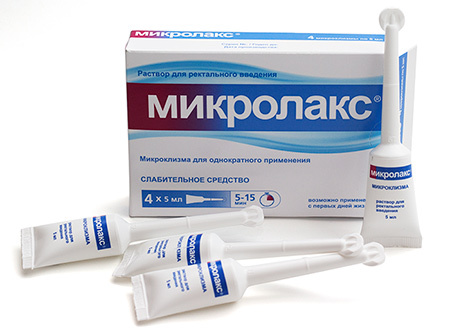
In three years, constipation can be removed and oral. Vaseline oil or preparations with lactulose can be taken even the smallest.
Vaseline oil acts similarly to glycerin, lubricating the intestinal walls for easy removal of contents, while lactulose increases the volume of stool.
The effect of both drugs can be expected a few hours after admission.
Treatment of constipation in children
To relieve your child of problems with the intestines, the first thing you need to see a doctor for advice.
Only a specialist will tell in detail how to treat constipation. If there are no abnormalities, then adjusting the menu and the day mode of the child will help to get rid of the problem.
Teach the child to sleep, eat, walk, walk on the pot at the same time. Physical activity, moving games, rhythmics contribute to the normalization of metabolism.
Some exercises for activating the intestine are accessible even to crumbs, like a light tummy massage.
Cure can help cure constipation. It is this element that is responsible for the volume of feces and the ease with which they can be removed.
Include in the child's menu fruits and vegetables, especially apples, grapes, beets, carrots, plums. You can use them both in fresh and in the form of cooked, mashed or mashed juice.
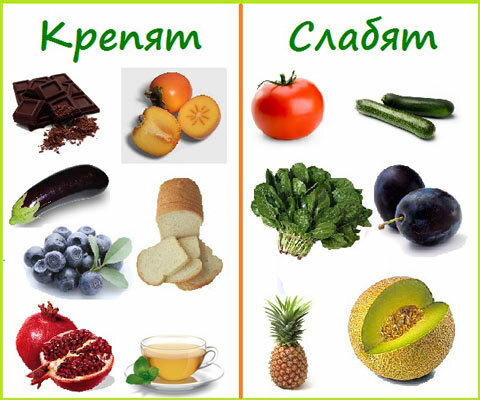
In summer, be sure to give your child berries: raspberries, black currants. In winter, berries will replace dried fruits: prunes, dried apricots, raisins.
Increase the amount of liquid the child drinks daily. It is better to give preference to clean water, but juices, fruit drinks, teas will do.
In the daily menu of the child must necessarily include soups - they not only help maintain the water balance in the body, but also contribute to more active digestion.
Sour-milk products promote the normalization of the intestine.
Natural yogurts, kefir, ryazhenka, kumys help maintain the microflora and stimulate the work of the gastrointestinal tract.
In case of exacerbation of constipation, it is possible to give a baby kefir with 1-2 teaspoons of vegetable oil.
Eliminate from the menu all fatty, fried dishes, smoked meat, pickles and spicy food. Sour cream and mayonnaise, replace with sunflower or olive oil.
They support the work of the intestines and are necessary for the assimilation of various trace elements and fiber. Change the white bread on whole grain.
Video:
Revise the cereals that the baby consumes daily: steamed rice and a mango are fastened, while buckwheat, corn, bran normalize the work of the intestines. If possible, exclude from the menu wheat, pasta, buns.
How to help a child stick to a new diet and not feel offended for hardship? To go on a diet with the whole family. These recommendations fully apply to adults.
Problems with the intestines can be transmitted to the child by inheritance, so the treatment of the child can be an excellent occasion for the development of healthy eating habits for the whole family.

